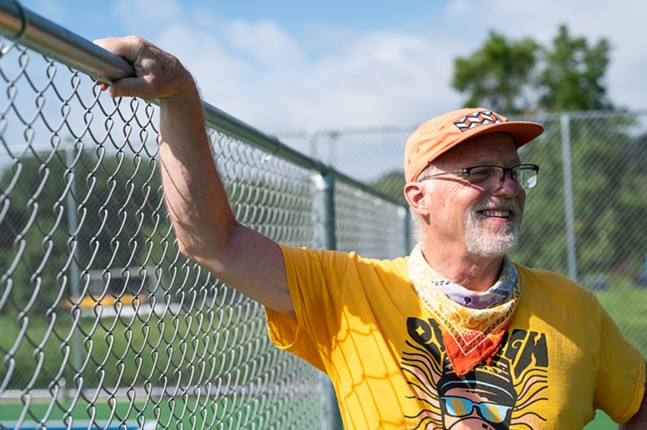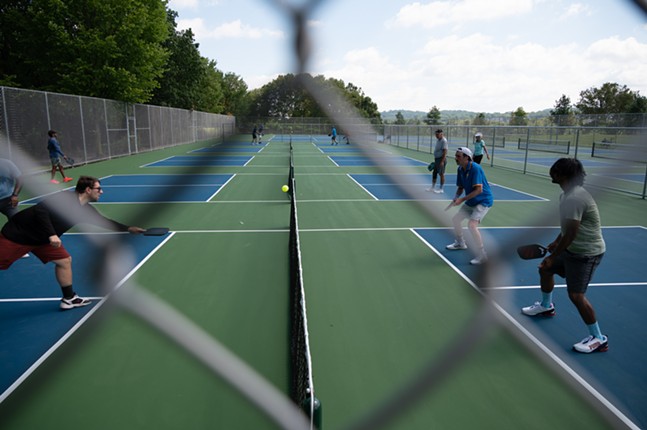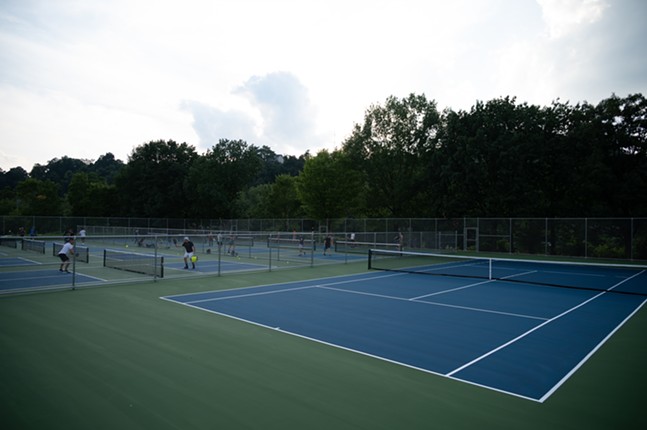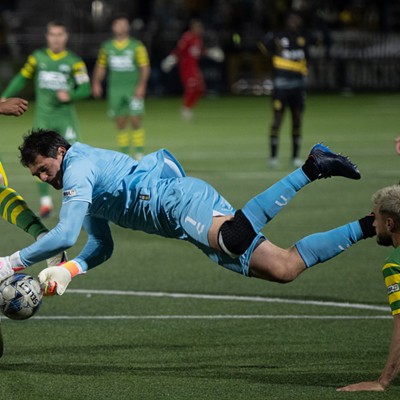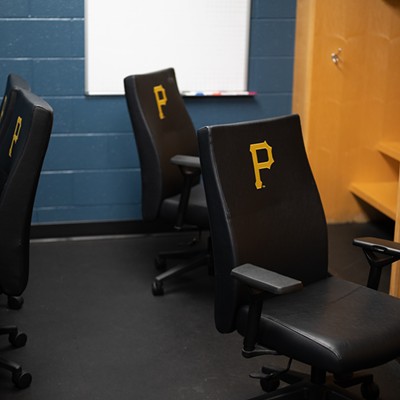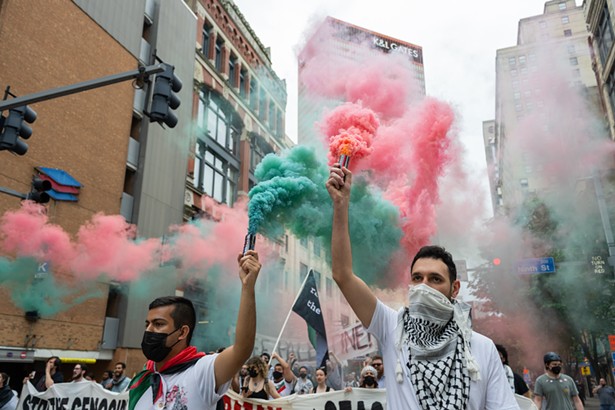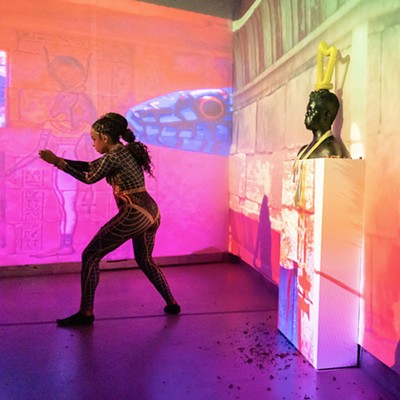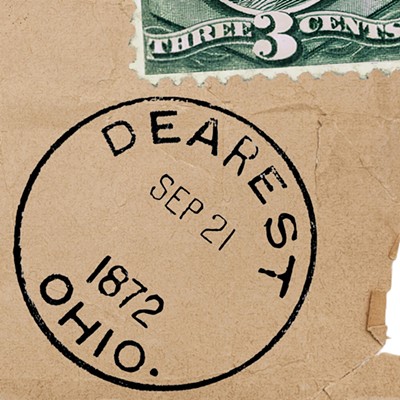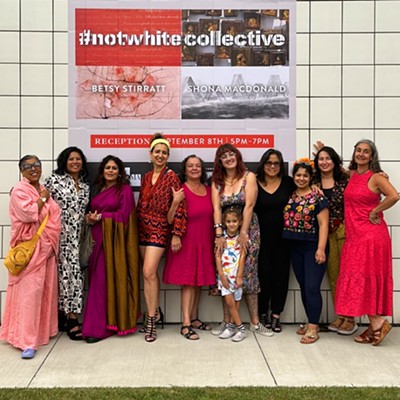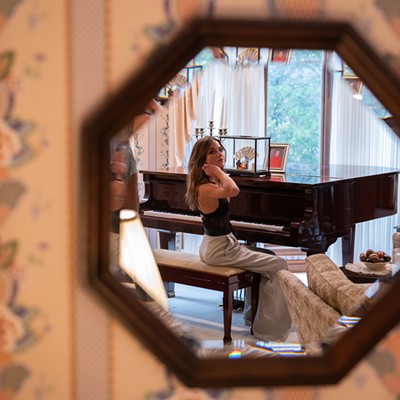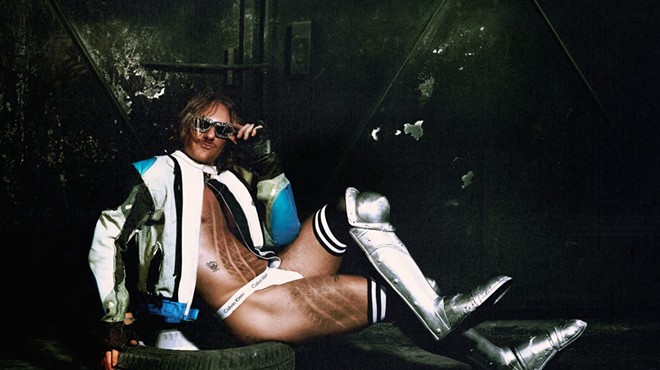About a dozen years ago, Doug Sterling’s local YMCA ditched racquetball — his favorite activity — for the then-trendier CrossFit. To make up for it, pickleball was offered as a replacement, and after giving it a try, Sterling and his friends fell in love.
“It’s not as energetic as racquetball was, it’s not quite as much of a workout, although we did like the fact that it required quick reaction at the net,” Sterling says.
Now retired, Sterling, 69, plays pickleball almost daily, and has observed some substantial changes as the sport has exploded in popularity. He now sees a younger crowd of pickleballers as well as some angry tennis players fearing a new fad is encroaching upon their turf.
Pickleball’s growth has created a supply and demand problem regarding the number of available spaces to play and the people interested in playing. And data suggests that this nationwide trend is especially potent in the Pittsburgh area.
Pickleball falls somewhere between ping-pong and tennis. It’s played on a space similar to a tennis court but about half the size, with players hitting wiffle balls with paddles larger than those used in ping-pong. As outdoor recreation in general has increased since the start of the COVID-19 pandemic, so too has pickleball, now the country’s fastest growing sport.
Pickleheads — an online database and guide to recreational pickleball — has identified more than 13,000 pickleball courts across more than 5,000 American cities. The website, according to co-founder Brandon Mackie, has received a 260% increase in traffic between this March and July, but for information specifically about Pittsburgh pickleball, it’s seen a 620% increase.
And despite the perception of pickleball as a sport for seniors, the average age of someone who plays at least once a month is about 35, and more than two-thirds of these avid players are adults younger than 45, according to recent data from the Association of Pickleball Professionals.
About three years ago, Pittsburgher Larry Gioia started Side’aht, an initiative to make pickleball accessible to children and people with disabilities. The group, funded by merchandise sold in and outside of Pittsburgh, has hosted pop-up events in conjunction with a series of local organizations to facilitate pickleball play in addition to connecting residents to helpful resources.
He called the first event, held in the East End, “Pickleball for All.”
“The way I opened this up was, that if you have a heart beating in your chest, you are welcome to come play pickleball and learn,” Gioia says.
Interest in pickleball has certainly outpaced spaces available for it, according to Gioia. New courts, he says, will likely be created by a combination of local government, commercial businesses, and even private individuals — Gioia himself has been considering installing a pickleball court in his backyard.
The influence of pickleball has already had an effect on local parks and recreational spaces. On Aug. 11, CitiParks announced that completed renovations to Washington’s Landing Park expanded its offering to 10 pickleball courts, but only two tennis courts. This adds to the 14 active pickleball courts spread throughout Schenley Park, Moore Park, Frick Park, Fineview Park, Allegheny Commons, and Bud Hammer Park.
He’s experienced firsthand in Pittsburgh what’s become an issue across the country — what The Guardian in 2022 referred to as “the war between pickleball and tennis.” He and others told City Paper they’ve seen some nasty exchanges between players of the two sports. Gioia believes there’s room for both sports to thrive but notes pickleball has advantages that could make it more appealing to parks and recreation departments looking to make the most of limited funds.
“You can put four pickleball courts on one tennis court by way of size. Two people playing tennis versus 16 people playing people,” Gioia says. “There’s a question on economics on that; there’s a question around utilization of space.”
Chris Zurawsky, who runs the Schenley Park Tennis Association, hopes the two sports can peacefully coexist.
“Our position is very simple: build all pickleball courts as needed but don’t replace tennis courts with pickleball courts,” Zurawsky says.
Jeffrey Tienes, a 37-year-old sociology professor and avid pickleball player, also hopes people will have access to whichever sport they prefer.
“The exclusionary aspect is antithetical to what many pickleballers that I know, the way that they view the game. It’s a game for everybody,” Tienes says, “Just as we would accept everybody, we would hope to be accepted as well.”
Tienes initially viewed pickleball as a bit of a joke but picked it up on friends’ recommendation toward the start of the 2020 COVID-19 pandemic, when people became cautious of going to indoor gyms, which used to be a near-daily routine for him. Now, he gets his exercise from pickleball sessions often three hours or longer — because he’ll play in rotations with others, this amounts to about two to two and a half hours of active play, he says.
“It’s a bad week if I only play five times,” Tienes says.
Tienes says time spent along the sidelines is also entertaining, as folks young and old are sucked into the on-court action.
“If someone hits a good shot, everybody erupts,” he says. “Even the people who had it against them.”

